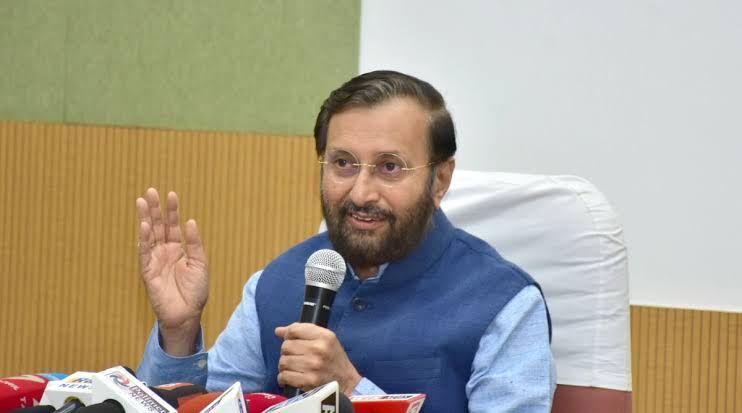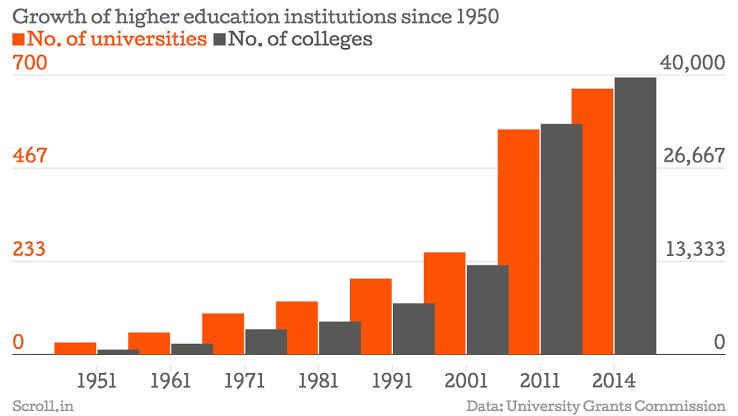Centre's One Solution To Reform Higher Education
Feb 07, 2019 • 25 views
Crown jewels like Nalanda, Taxila ‘ and Vikramsila universities have adorned India’s ancient history in imparting quality higher education, attracting scholars not only from all over Bharat but also from far off countries like China, Korea, Myanmar, Sri Lanka(earlier known as Ceylon), Tibet and Nepal. The first attempt to formulate a national system of education in India came in 1944, with the Report of the Central Advisory Board of Education on Post War Educational Development in India, also known as the Sargeant Report. After this, University Grants Committee was incepted in 1945 to oversee the central universities of that time-Delhi, Allahabad and Banaras and was entrusted with authority over the then existing universities in 1947. The University Education Commission was established in the year 1948 under the Chairmanship of Dr S Radhakrishnan.
The commission recommended the reconstitution of University Grants Committee along with the guiding lines of University Grants Commission of the United Kingdom with a chairman and well-reputed educationists as its members. In 1952, the union government decided to hand over the authority of cases pertaining to granting funds to central universities, other universities and institutions of higher learning in the hands of University Grants Commission. On December 28, 1953, UGC was formally inaugurated by late Shri Maulana Abdul Kalam Azad, the then Minister of Education, Natural Resources and Scientific Research.
The UGC, however, was distinguished as a statutory body of the government of India in November 1956 through an act of parliament. To have an effective administration across India its operations were decentralized to 6 regional centres at Pune, Hyderabad, Kolkata, Guwahati, Bhopal and Bangalore, the head office being in the heart of the nation-Delhi at Bahadur Shah Zafar Marg, with two additional bureaus operating from 35, Feroz Shah Road and the South Campus of University of Delhi as well. UGC along with Council for Scientific and Industrial Research (CISR) conducts NET to appoint eligible teachers in colleges and universities.

The Ministry of Human Resource Development (MHRD) announced its plans to revoke the UGC act of 1956 and introduce Higher Education Commission of India (HECI) as the new bearer of the torch of higher education on 28 June 2018. The move attracted mixed response from the stakeholders and the public, when in a letter on its website, MHRD asked for suggestions and comments from them. This new act will replace UGC and mainly focus on developing and maintaining the standards of higher education and will have nothing to do with granting the funds to these institutions. It is important to note that the BCI and Council of Architecture will be out of the purview of HECI giving the enormous scope of confusion and also an abuse of power and lack of transparency, thus going against its stated objective of "uniform development of higher education. "

HRD Minister Mr Prakash Javedakar tweeted that the transformation is based on the principle of minimum government and maximum governance. The commission also should have funds at its disposal so that in one hand where it will penalise institutions not adhering to the prescribed rules and on the other hand it can give incentives to perform better, thus having both, the carrot and the stick in its hand.
